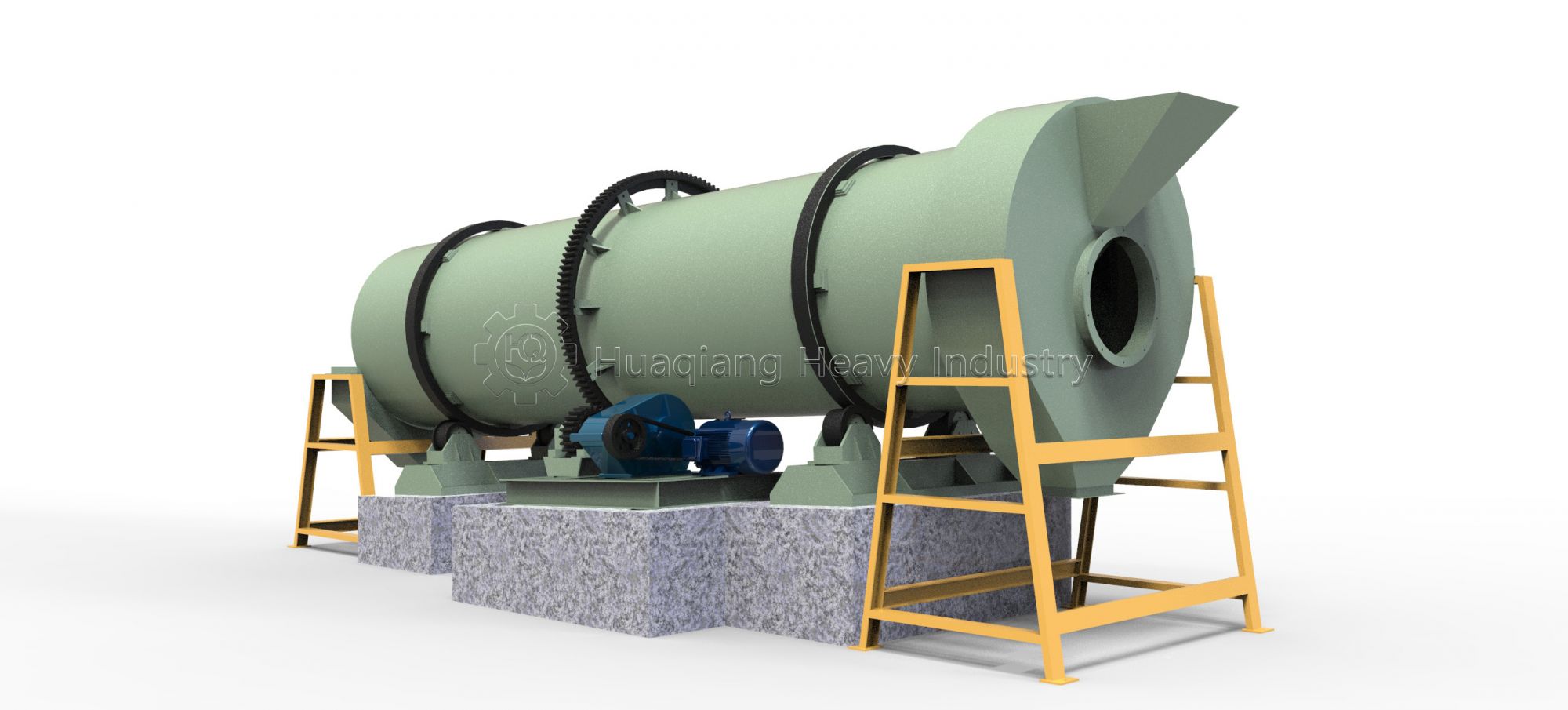2025-06-20
Exploring the Indispensable Coating Technology in Fertilizer Production Lines
In modern fertilizer production, the coating machine acts like a precise "garment master," dressing fertilizer granules in protective layers that enhance product value, prolong fertilizer efficiency, and reduce environmental pollution. Join us today as we explore the fascinating world of coating machines!

Coating machines play a vital role in fertilizer production lines, serving as core equipment for manufacturing high-quality compound fertilizers, controlled-release fertilizers, and specialty fertilizers. By applying a special material coating to fertilizer granules, coating machines achieve three core functions:
1. Nutrient Release Control - Slows dissolution rate and extends fertilizer efficiency
2. Nutrient Loss Reduction - Prevents nitrogen volatilization and nutrient leaching
3. Physical Property Improvement - Moisture-proof, anti-caking, and improved flowability
According to International Fertilizer Association (IFA) data, coated controlled-release fertilizers can increase nitrogen use efficiency from 30-40% to 60-80%, significantly reducing agricultural non-point source pollution[1].
Coating machines aren't suitable for all fertilizer types, but they're indispensable in these production lines:
|
Fertilizer Type |
Coating Materials |
Key Benefits |
|
Controlled-Release Fertilizers (SRF/CRF) |
Polymer resins, sulfur |
Precise control of nutrient release cycles |
|
Stabilized Fertilizers |
Nitrification inhibitor coatings |
Reduces nitrogen loss, improves efficiency |
|
Functional Fertilizers |
Micronutrients, biostimulants |
Adds additional functional components |
|
Premium Compound Fertilizers |
Anti-caking agents, colorants |
Enhances appearance and storage properties |
"Coating technology is a revolutionary innovation in the fertilizer industry, bridging traditional fertilizers and precision agriculture." — Prof. Zhang, Agricultural Technology Expert
The stretch wrapping machine completes packaging in four main steps: 1) Product feeding and positioning; 2) Film pre-stretching; 3) Rotation wrapping; 4) Heat sealing and cutting. With automated controls, it can adjust film tension, wrapping layers, etc., widely used in food, daily chemicals, pharmaceuticals and other industries.
Modern coating machines utilize advanced fluidized bed or rotary drum coating technologies, with the process divided into four precise stages:
1. Preheating Stage: Fertilizer granules are preheated to optimal temperature
2. Atomized Spraying: Coating material is evenly sprayed onto granule surfaces
3. Fluidized Drying: Hot air fluidizes granules for uniform distribution and rapid drying
4. Cooling and Solidification: Cooling air solidifies the coating into a stable protective layer
Coated fertilizers offer significant environmental advantages and represent crucial technology for sustainable agriculture:
Traditional fertilizer application causes significant N2O emissions; coated fertilizers can reduce emissions by 40-60%[2]
Coating technology reduces nutrient leaching, lowering nitrate pollution risks in groundwater and rivers
The same nutrient input can increase crop yield by 15-25%, reducing resource consumption
With the advancement of precision agriculture and sustainable development concepts, coating technology is evolving in these directions:
· Intelligent Control: IoT technology enables real-time monitoring and automatic adjustment
· Eco-Friendly Materials: Developing biodegradable coatings to reduce microplastic pollution
· Multifunctionalization: Integrating pesticides, microbial agents, and other functional components
· Customized Production: Tailoring nutrient release curves to specific crops and soil conditions
As a key equipment in modern fertilizer production, coating machines not only increase the added value of fertilizer products but also provide technical solutions to the dilemma of food security and environmental sustainability. With continuous technological innovation, this "garment master" of fertilizers will undoubtedly play an increasingly important role in the development of green agriculture.
References:
[1] IFA (2022). Fertilizer Outlook 2022-2026. International Fertilizer Association.
[2] Trenkel, M. E. (2010). Slow- and Controlled-Release and Stabilized Fertilizers: An Option for Enhancing Nutrient Use Efficiency in Agriculture. IFA, Paris.
© 2023 Fertilizer Production Technology Knowledge Base | Daily Insights into Fertilizer Production Lines